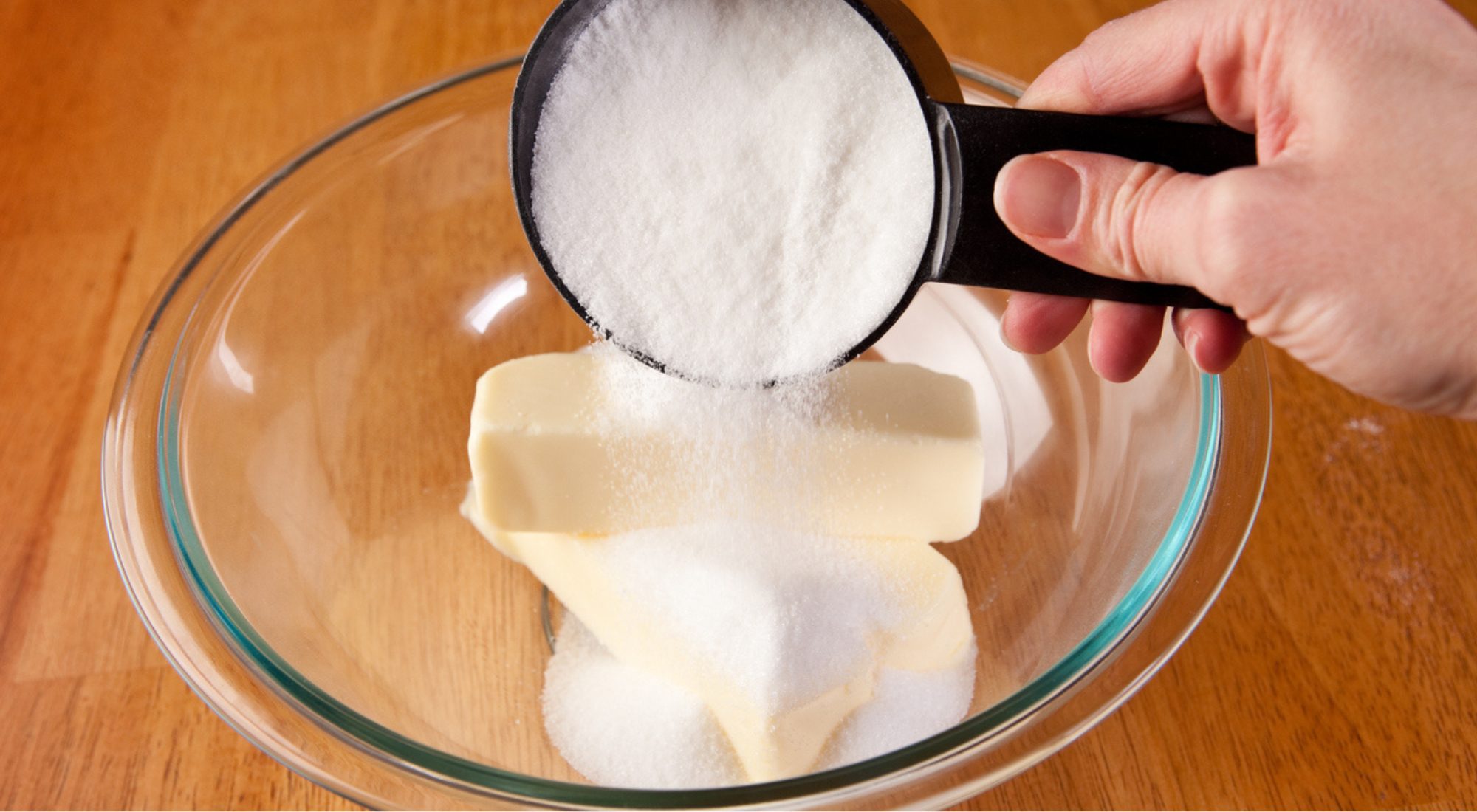Olive Oil Substitutes: What Works Best for Sautéing, Baking & Dressings
Olive oil is a kitchen essential, but when you’re out or need an alternative, there are plenty of substitutes that work just as well. Whether for sautéing, baking, or making dressings, the right swap depends on the recipe. From avocado oil for high-heat cooking to yogurt and tahini for creamy dressings, these substitutes help maintain texture and flavor without missing a beat.

Olive oil is a staple in many kitchens, prized for its rich flavor, heart-healthy benefits, and versatility in cooking. But whether you’ve run out, need a budget-friendly alternative, or are looking for a different flavor profile, there are plenty of substitutes that work just as well.
The best replacement depends on how you’re using it—whether for sautéing, baking, dressings, or marinades. Here’s a complete guide to choosing the right alternative for your recipe.
Why Is Olive Oil Used in Cooking?
Olive oil does more than just add moisture—it plays a key role in many dishes:
- For sautéing and roasting, it provides a high enough smoke point for medium-heat cooking.
- In baking, it keeps cakes and breads moist while adding subtle richness.
- In dressings and marinades, its smooth texture and mild peppery notes enhance flavors.
Since different substitutes behave differently under heat and in cold preparations, the best alternative depends on how you plan to use it.
Best Olive Oil Substitutes for Sautéing & Roasting
For high-heat cooking, you’ll need oils with similar smoke points and neutral flavors.
1. Avocado Oil

Best for: Sautéing, frying, roasting
Why it works: Similar monounsaturated fat content, mild taste, high smoke point (520°F)
Substitution: Use 1:1 as a direct swap for olive oil
Pro Tip: If you prefer a stronger olive oil flavor, mix avocado oil with a splash of walnut or sesame oil.
2. Canola or Vegetable Oil

Best for: Sautéing, frying, stir-frying
Why it works: Neutral flavor, high smoke point (400°F)
Substitution: Use 1:1 as a direct replacement
Pro Tip: While these oils lack the health benefits of olive oil, they work well for cooking at higher temperatures.
3. Ghee (Clarified Butter)

Best for: Sautéing, roasting, pan-frying
Why it works: Buttery flavor with a high smoke point (450°F)
Substitution: Use ¾ cup ghee for every 1 cup of olive oil
Pro Tip: Ghee adds a rich, nutty taste, making it a great choice for roasting vegetables or searing meats.
Best Olive Oil Substitutes for Baking
When replacing olive oil in baking, look for alternatives that maintain moisture and texture without overpowering the dish.
4. Melted Coconut Oil

Best for: Cakes, muffins, quick breads
Why it works: Provides moisture and richness, similar fat content
Substitution: Use 1:1, but melt first for accurate measurement
Pro Tip: Coconut oil solidifies at room temperature, so it’s best for recipes that will be mixed and baked immediately.
5. Unsweetened Applesauce

Best for: Low-fat baking, muffins, brownies
Why it works: Retains moisture, adds natural sweetness
Substitution: Use ¾ cup applesauce for every 1 cup of olive oil
Pro Tip: Works best in denser baked goods—avoid in recipes needing a crispy texture.
6. Mashed Bananas

Best for: Cakes, pancakes, banana bread
Why it works: Adds moisture and mild sweetness
Substitution: Use ¾ cup mashed banana for every 1 cup of olive oil
Pro Tip: Best for sweet baked goods—avoid in savory dishes.
Best Olive Oil Substitutes for Salad Dressings & Marinades
Since olive oil contributes both texture and flavor in raw applications, choose substitutes that mimic its smooth consistency.
7. Walnut or Sesame Oil

Best for: Salad dressings, drizzling, dipping
Why it works: Nutty, flavorful, rich texture
Substitution: Use 1:1, but adjust to taste
Pro Tip: Sesame oil is stronger, so start with less and add gradually.
8. Greek Yogurt or Tahini

Best for: Creamy dressings, dips
Why it works: Thick texture, mild tang
Substitution: Use ½ cup yogurt or tahini for every 1 cup of olive oil, adding water to thin if needed
Pro Tip: Great for Mediterranean-style dressings and sauces.
9. Butter or Mayonnaise

Best for: Spreads, creamy dressings
Why it works: Smooth consistency, rich flavor
Substitution: Use 1:1, but may need extra vinegar or lemon juice for acidity
Pro Tip: Works well in aiolis and ranch-style dressings.
Which Olive Oil Substitute Works Best?
- Sautéing & Roasting: Avocado oil, canola oil, ghee
- Baking: Coconut oil, applesauce, mashed bananas
- Salad Dressings: Walnut oil, sesame oil, Greek yogurt
- Marinades: Sesame oil, butter, tahini
Final Thoughts
Running out of olive oil doesn’t mean you have to sacrifice flavor or texture. Whether you're looking for a healthy swap, a neutral oil for cooking, or a creamy alternative for dressings, these substitutes ensure your recipe turns out just as delicious.
The best choice depends on how you’re using olive oil, so keep a few go-to substitutes in your pantry for whenever you need them.
;Resize,width=767;)
;Resize,width=712;)
;Resize,width=712;)
